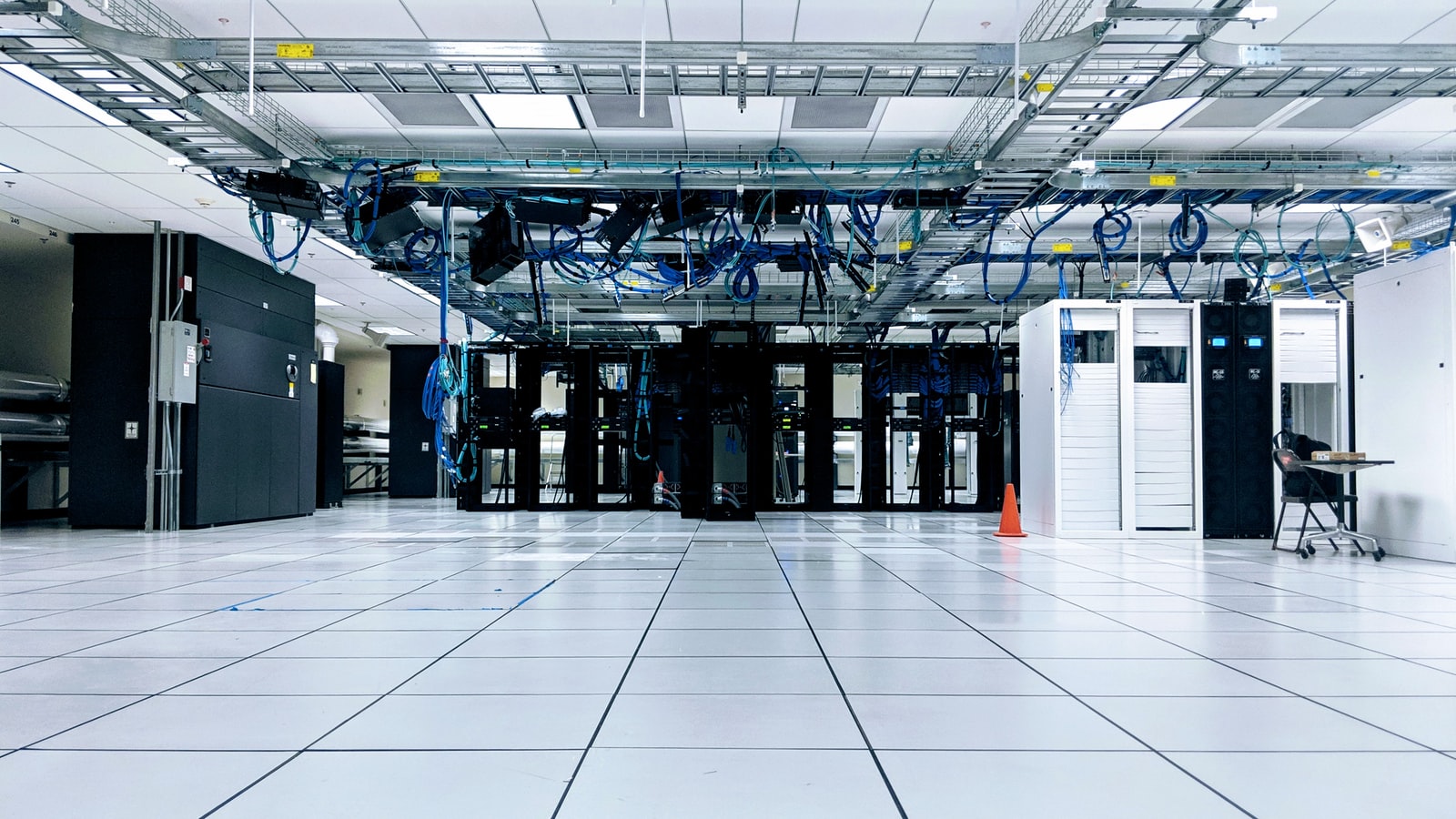There are a few things to consider when choosing the right UPS for your server room. The size of the room, the number of servers, and the power requirements of the servers will all play a role in what size UPS you need.
If you have a small server room, you may be able to get away with a smaller UPS. However, if you have a large server room or multiple servers, you will need a larger UPS. The power requirements of the servers will also play a role in how big of a UPS you need.
You should also consider the type of UPS you need. There are three main types of UPS systems: standby, line-interactive, and double-conversion. Standby UPS systems are the most basic and affordable, but they only provide power for a short period of time. Line-interactive UPS systems are more expensive, but they provide power for a longer period of time. Double-conversion UPS systems are the most expensive, but they provide power for the longest period of time.
When choosing the right UPS for your server room, you should also consider the features that are important to you. Some UPS systems come with features like battery backup, surge protection, and remote management. Choose the features that are most important to you and your server room.
What are the real benefits of having a UPS in your server room?
A UPS (uninterruptible power supply) is a device that provides emergency power to a load when the input power source fails. A UPS differs from a standby generator in that it will provide near-instantaneous power by supplying energy stored in batteries, supercapacitors, or flywheels, thus eliminating the need for a diesel engine generator to start up. A UPS is typically used to protect equipment that cannot tolerate even a brief power outage, such as computer servers, VoIP phones, and medical equipment.
The main benefit of having a UPS in your server room is that it provides a backup power source in the event of a power outage. This is important because a power outage can cause your server to crash, which could lead to data loss or other problems. A UPS can also help protect your equipment from power surges, which can damage sensitive components.
What things to look out for to maintain your UPS
UPS systems are an important part of any server room. They provide backup power in case of a power outage and can help protect your equipment from power surges. Here are some tips on how to maintain your UPS system:
- Check the batteries regularly. UPS systems have batteries that need to be replaced periodically. Check the manufacturer’s recommendations for how often to replace the batteries.
- Keep the UPS system clean. Dust and dirt can build up on the UPS system, causing it to overheat. Use a soft cloth to dust the system regularly.
- Check the connections. The UPS system is connected to your equipment. Make sure the connections are tight and free of dirt and debris.
- Monitor the UPS system. Most UPS systems have a monitoring system that will alert you to any problems. Check the monitoring system regularly to make sure it is working properly.
- Follow the manufacturer’s recommendations. Each UPS system is different. Follow the manufacturer’s recommendations for maintenance and troubleshooting.
Troubleshooting UPS problems in your server room
When it comes to troubleshooting UPS problems in your server room, there are a few key things to keep in mind. First and foremost, you need to identify the problem. Is the UPS not providing power to the server? Is the UPS not charging? Is the UPS not powering on?
Once you’ve identified the problem, you can begin to troubleshoot accordingly. If the UPS is not providing power to the server, check to see if the UPS is properly plugged into an outlet and the server. If the UPS is plugged in but still not providing power, check the batteries to see if they need to be replaced.
If the UPS is not charging, check to see if the UPS is plugged into a power outlet. If the UPS is plugged in but not charging, check the batteries to see if they need to be replaced.
If the UPS is not powering on, check to see if the UPS is plugged into a power outlet. If the UPS is plugged in but not powering on, check the batteries to see if they need to be replaced. If the batteries do not need to be replaced, contact the manufacturer of the UPS for further troubleshooting assistance.

